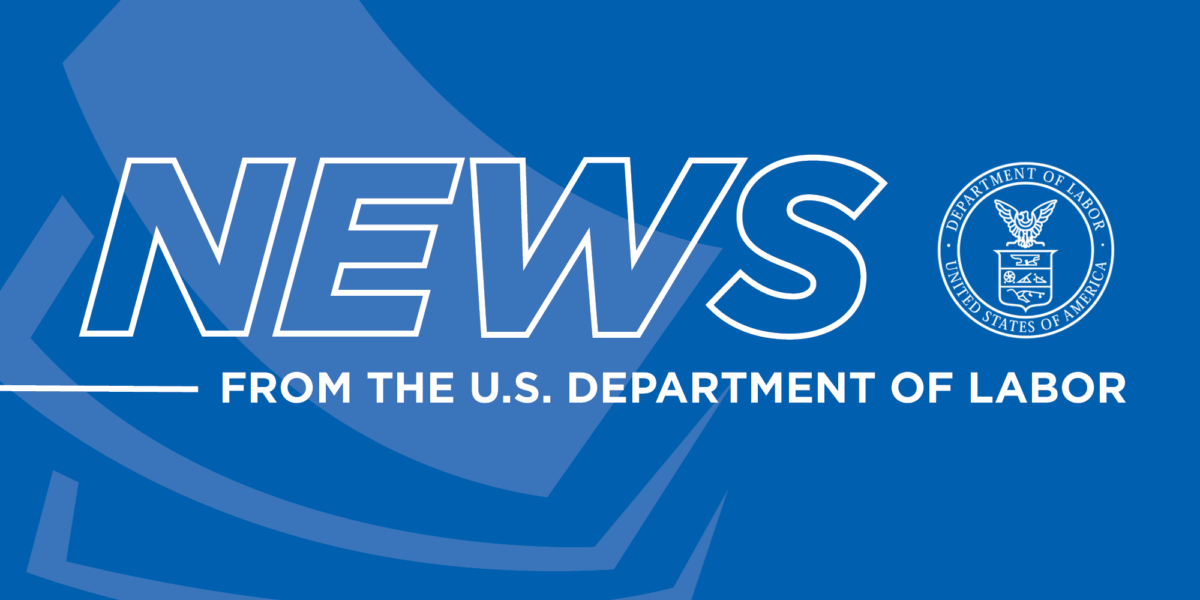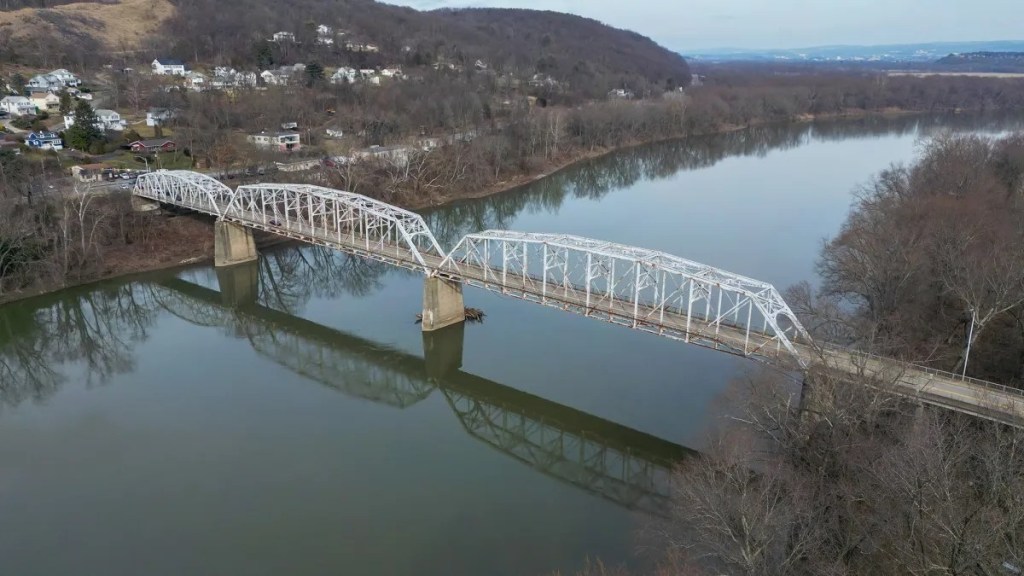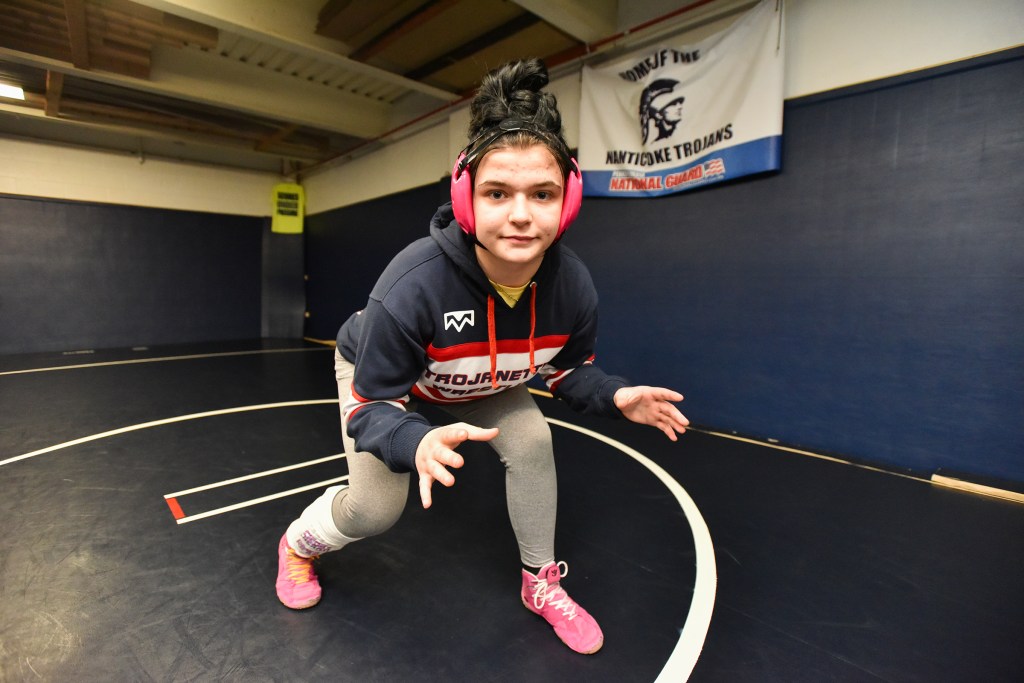NANTICOKE, PA – U.S. Secretary of Labor Lori Chavez-DeRemer joined Rep. Rob Bresnahan Jr., union leaders, and local elected officials in Northeastern Pennsylvania on April 5 to kick off her nationwide America at Work listening tour.
During a roundtable and tour of the International Brotherhood of Electrical Workers Local 163 Joint Apprenticeship Training Center, the group discussed supporting apprenticeships to develop a skilled workforce, improving infrastructure to attract businesses, investing in service members as they transition back home to their communities, and other ways to enhance America’s workforce. Union workers from a variety of trades, including electricians, ironworkers, and boilermakers participated in the roundtable along with state and local elected officials.
“From strengthening educational pathways for good-paying jobs to eliminating burdensome regulations that will drive economic growth, I enjoyed learning first-hand about the challenges and priorities of workers in Northeastern Pennsylvania,” Secretary Chavez-DeRemer said. “I look forward to hearing directly from more Americans as I help President Trump amplify the voices of workers who’ve been left behind by Washington.”

“It is crucial we have the skilled trade workforces needed to carry out essential infrastructure projects like rebuilding our roads and bridges, modernizing our electric grid, and implementing high-speed internet,” said Rep. Bresnahan. “These strong workforces would not be possible without apprenticeships. I want to thank Secretary Chavez-DeRemer for joining us and for making Northeastern Pennsylvania the first stop on her listening tour. I look forward to continuing this collaborative partnership with the Secretary and labor leaders to protect and prioritize American workers.”
Throughout her America at Work listening tour, the Secretary will continue meeting with various workers, union members, employers, and community leaders to ensure real-world experiences help shape and modernize federal labor policies and practices by taking the…








